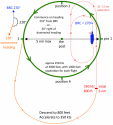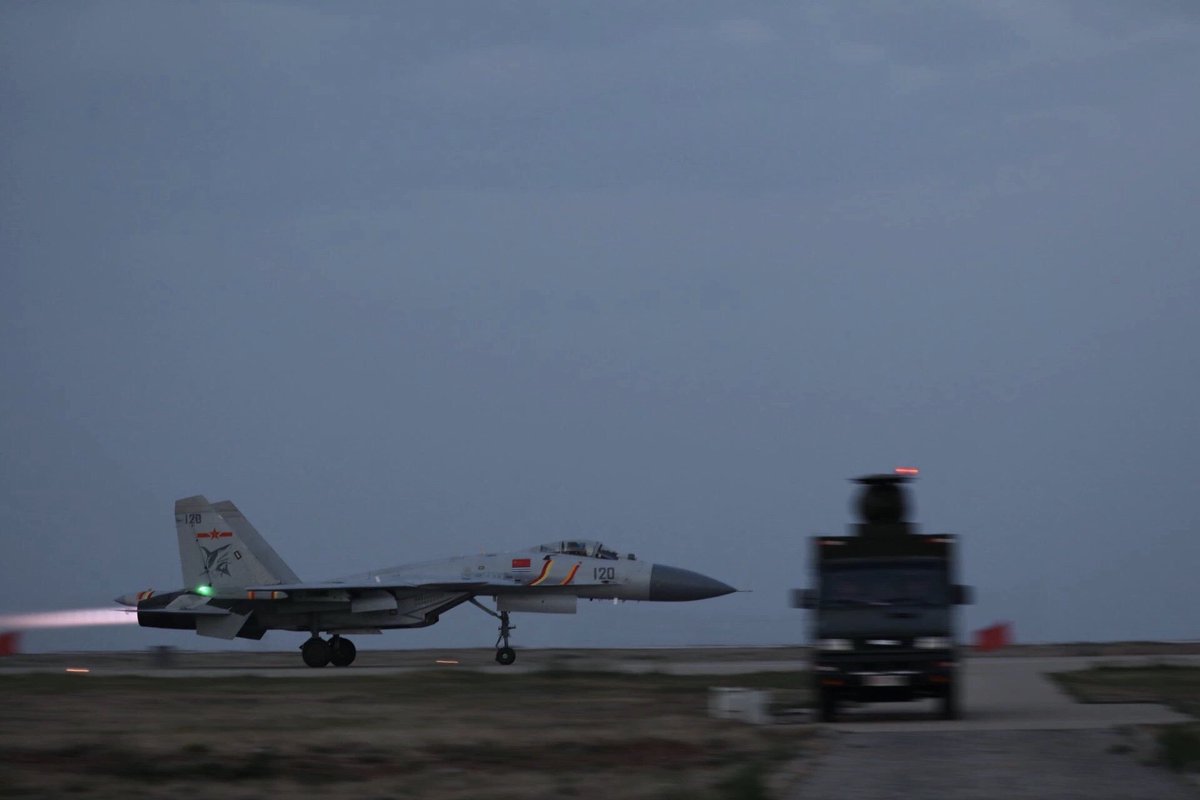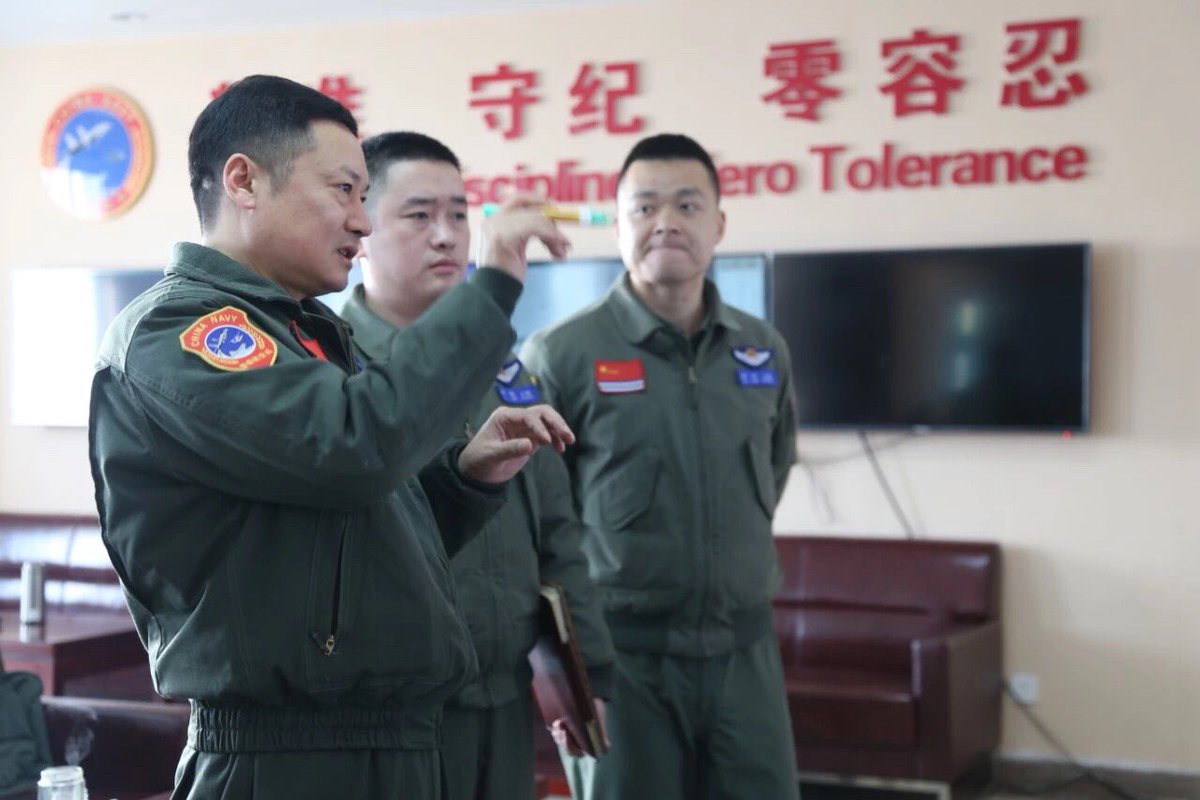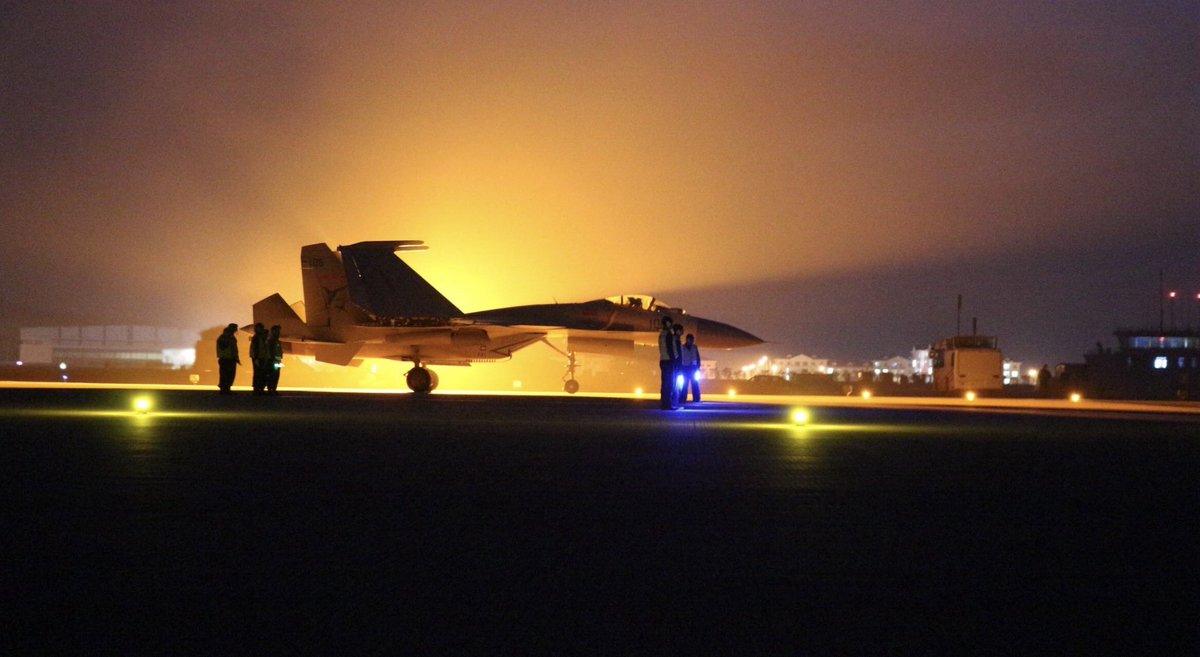Some musings here. SAC had two lines in 2000s and even early 2010. The big line was making Flankers. Roughly two dozen a year. The other line was making J-8. Around half a dozen a year, maybe a bit more. Then around the time when the last recon J8 was delivered, we started getting serial J-15. The output of other flankers, the J11s was still the same, roughly two dozen per year. It took some 3-4 years to get these 24 or so J15 delivered.
Then several years ago the J16 production started, taking over J11. But we're seeing some very high numbers in fairly short amount of time. There've been image of 4th batch with 30 airframes and already 5th batch afterwards.
So the theory is that the plan for J15 production changed at some point. Instead of upkeeping production at 6-8 per year, they stopped it completely. Possibly to also wait for development of another variant to be ready, benefitting from J16 subsystems. Next carrier wouldn't be ready to receive planes before 2019/2020 anyway. At the same time, J16 production rate could be expanded, without other models to worry about. So now we're seeing a lot of flankers made, perhaps 30 or more per year, all J16.
Maybe it was deemed that it'd be more effective to have one batch made just of future J15. So perhaps right now, as we speak, instead of 6th batch of J16, SAC is producing 30 something J15s. And it may be that by 2020 we will simply see A LOT of them appear at once. Well, not at once. Maybe we'll get to see first ones by the end of this year, but then also most of the other 30 throughout 2020. And then another batch or two of J16, if needed, before a second batch of improved J15 just in time for the 003 carrier.
Perhaps at some point there will be again a need for two models to be produced in parallel. Especially if SAC is indeed working on other, new planes. Like the FC31 based plane or a large twin seat striker.
Using GE imagery of SAC facilities and their expanding area may give some clues but frankly, without context it doesn't have to mean much. For example, FC31 prototyping may need a new large building. Or some of the testing that SAC perhaps outsourced is now done in house, in newly built halls. That's why the following additions may not mean much (but also may be significant)
In 2012 two halls were added, each 17 000 square meters large.
In 2019 one more hall was added, 30 000 square meters large. This one is particularly interesting. It's a 80 by 400 meter building. Way too big for anything other than manufacture/assembly. BUT. while it may be for added military production, SAC also makes parts for commercial airliners. I found it makes the whole tail section for ARJ21 (pretty voluminous) and the vertical tail for C919. As those two types are ramping up production, more space is needed. ARJ21 is at 20 tail sections per year now, to be expanded to 30+ in a year or two.











